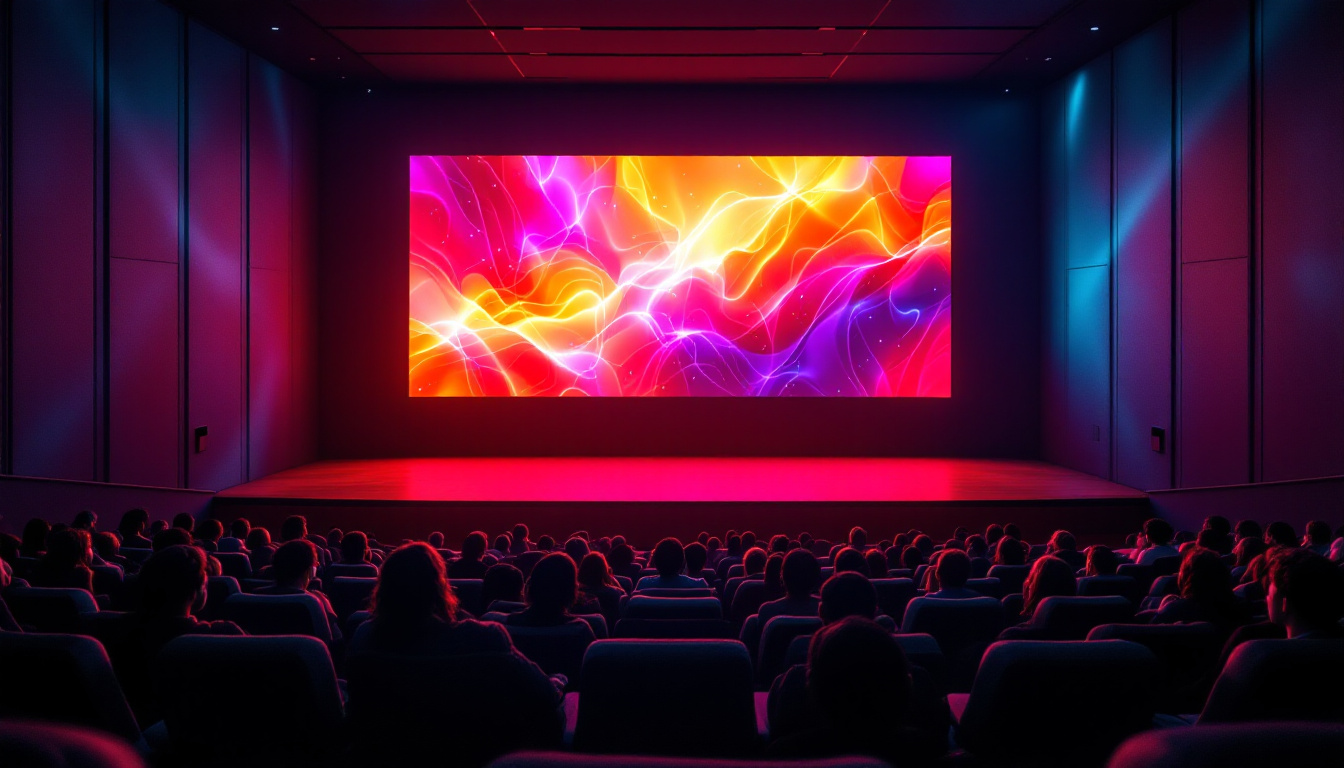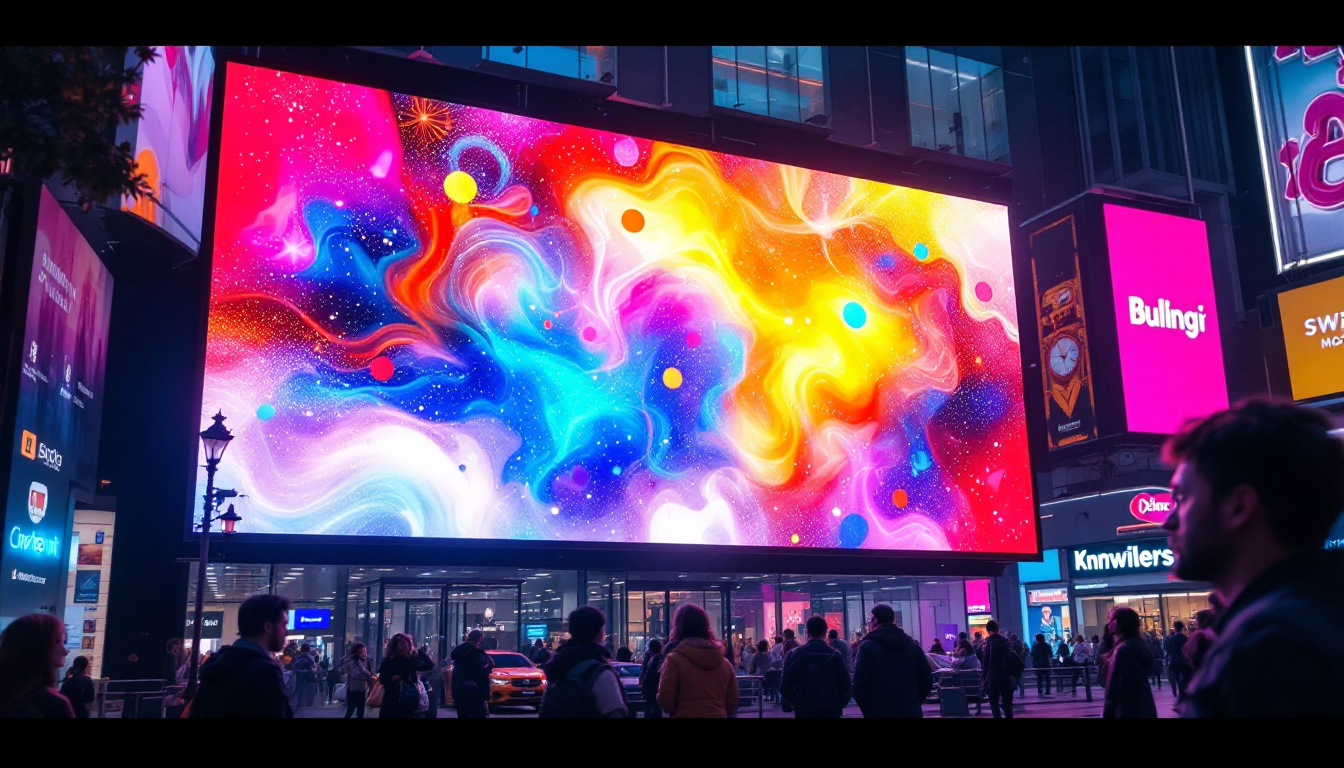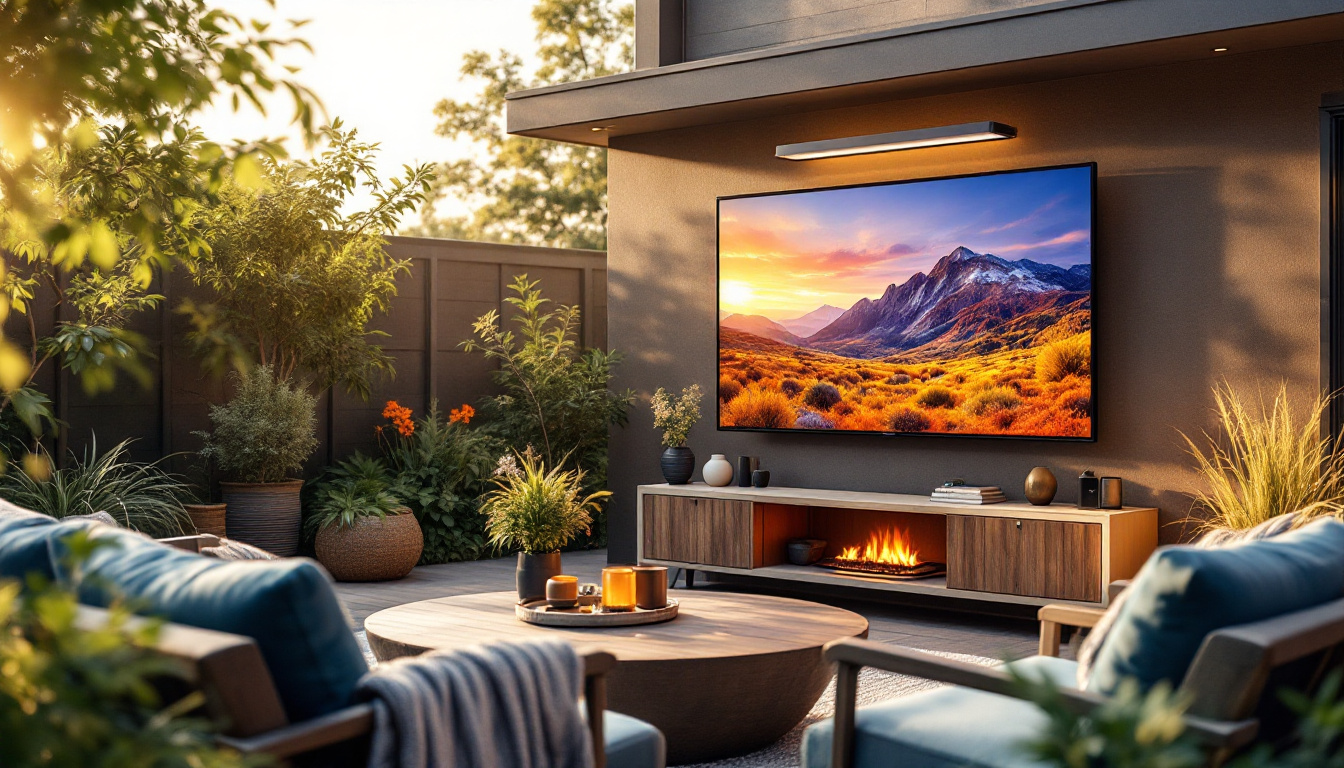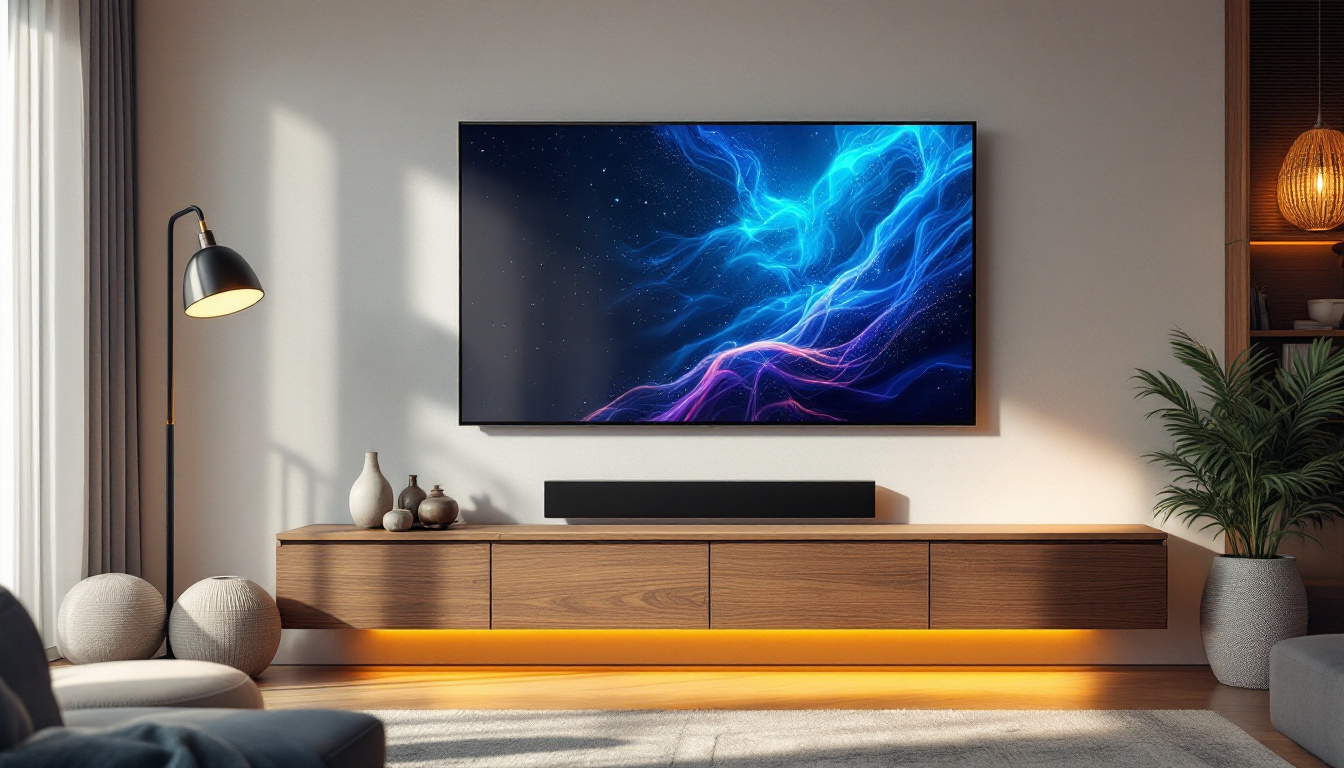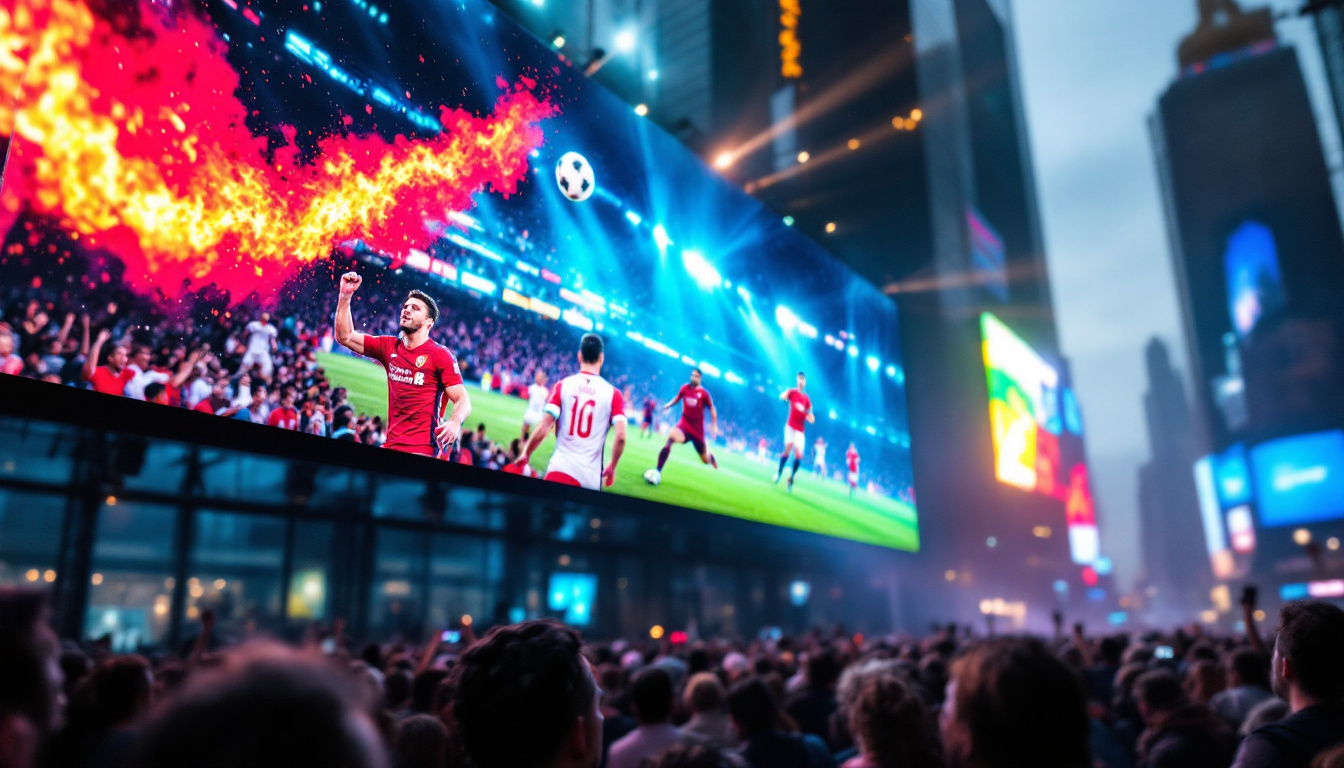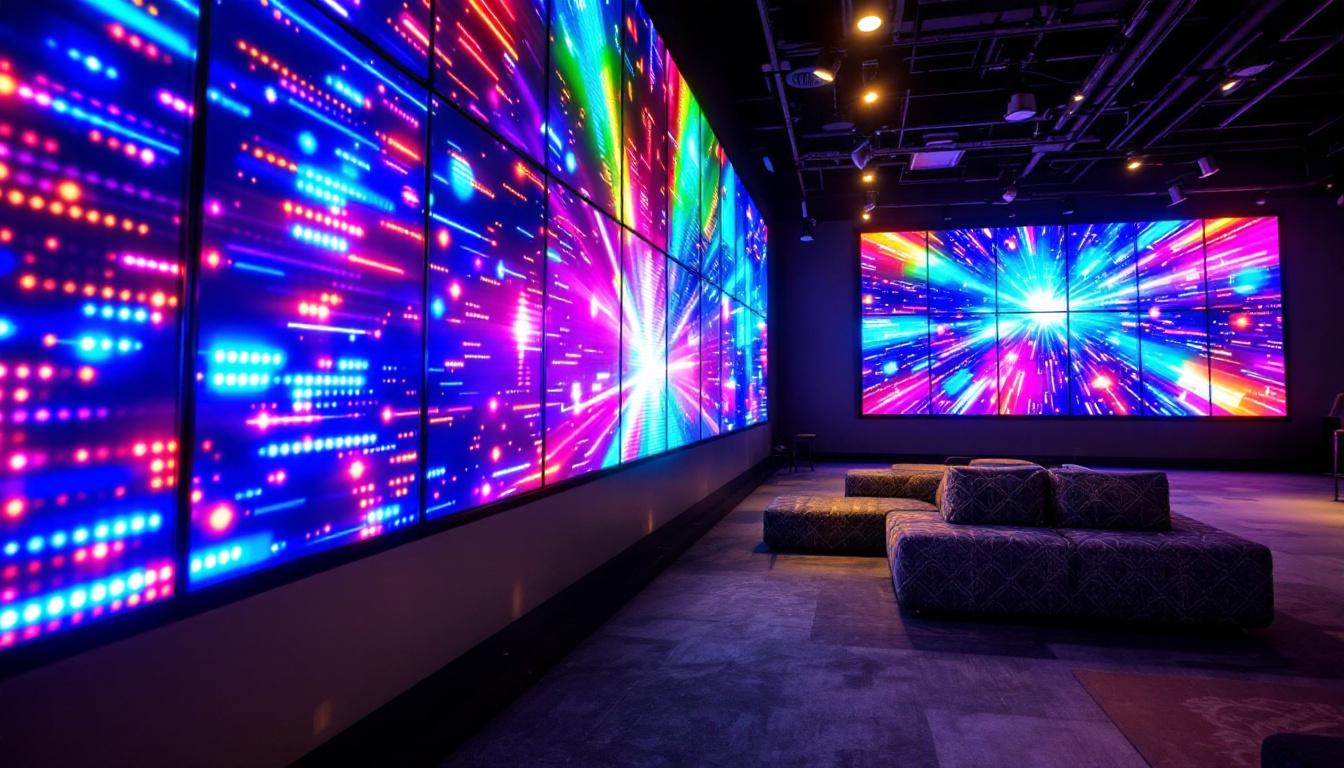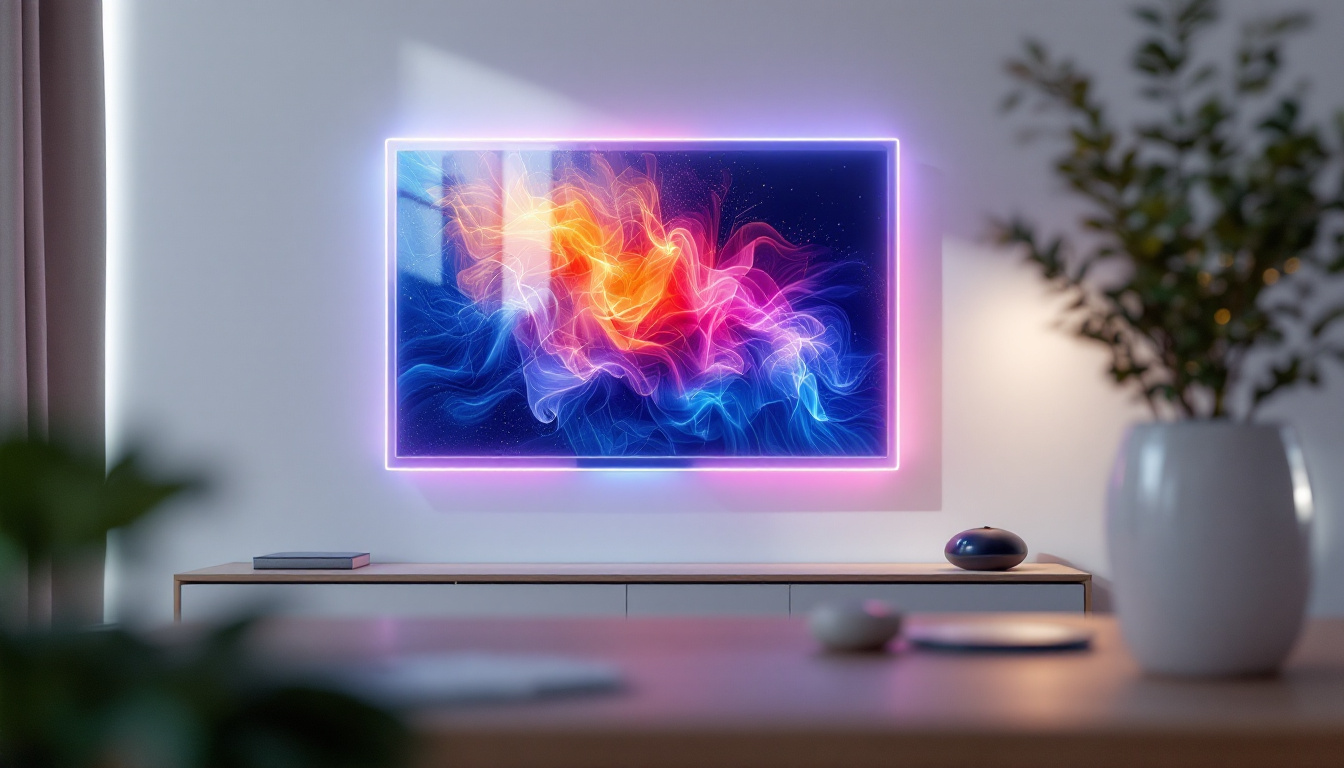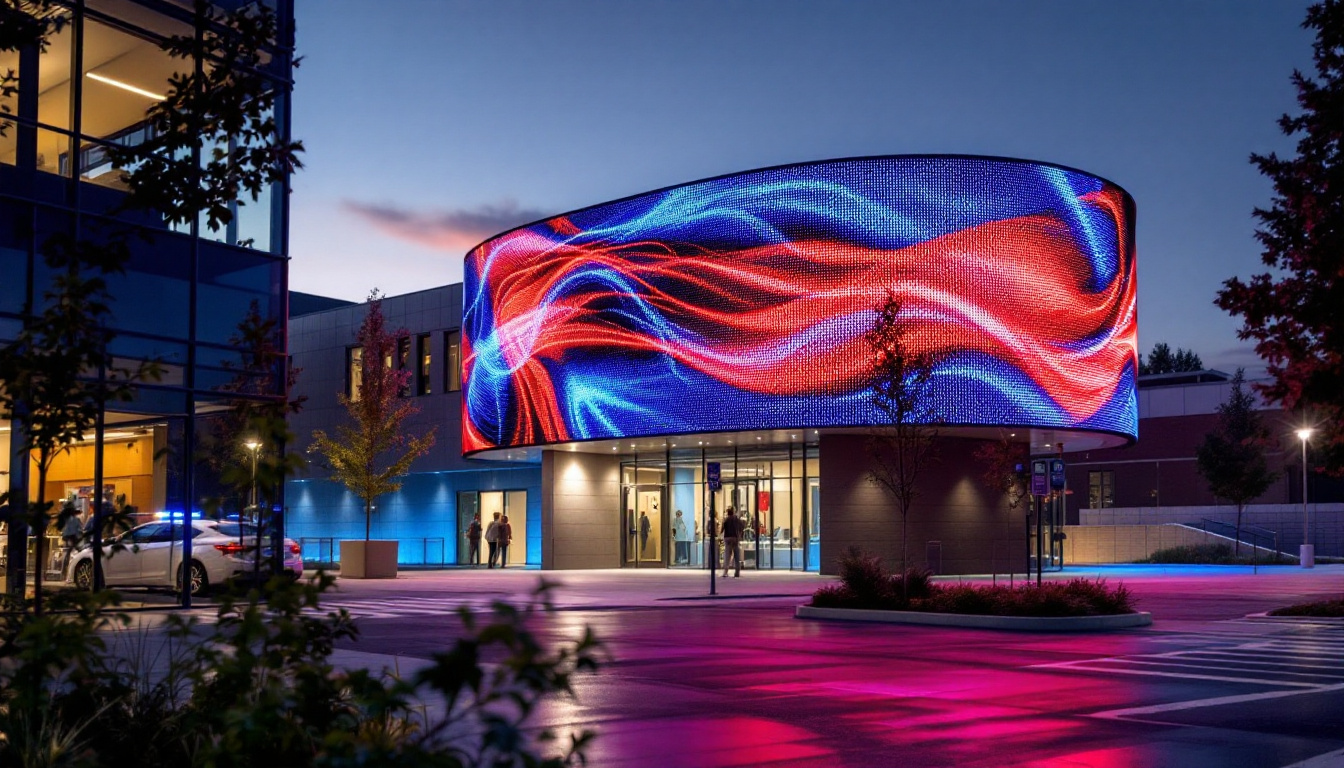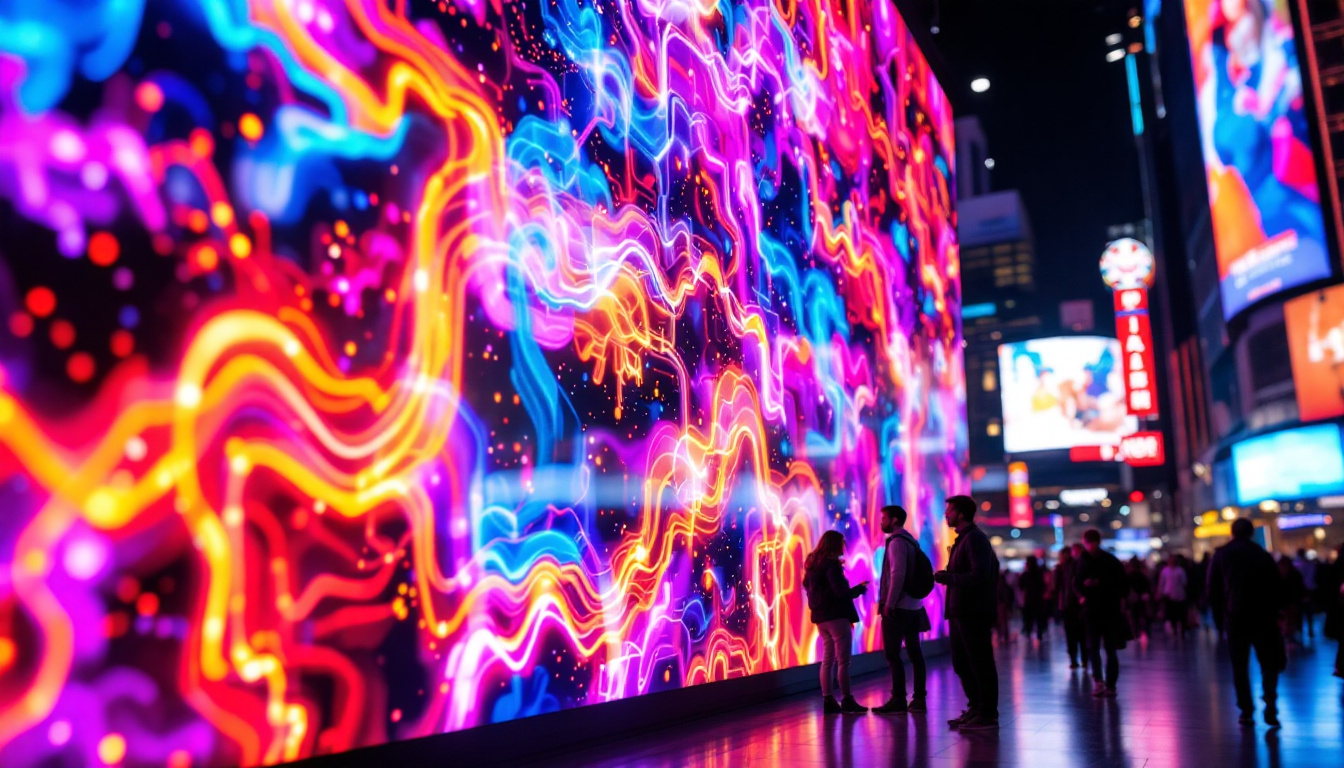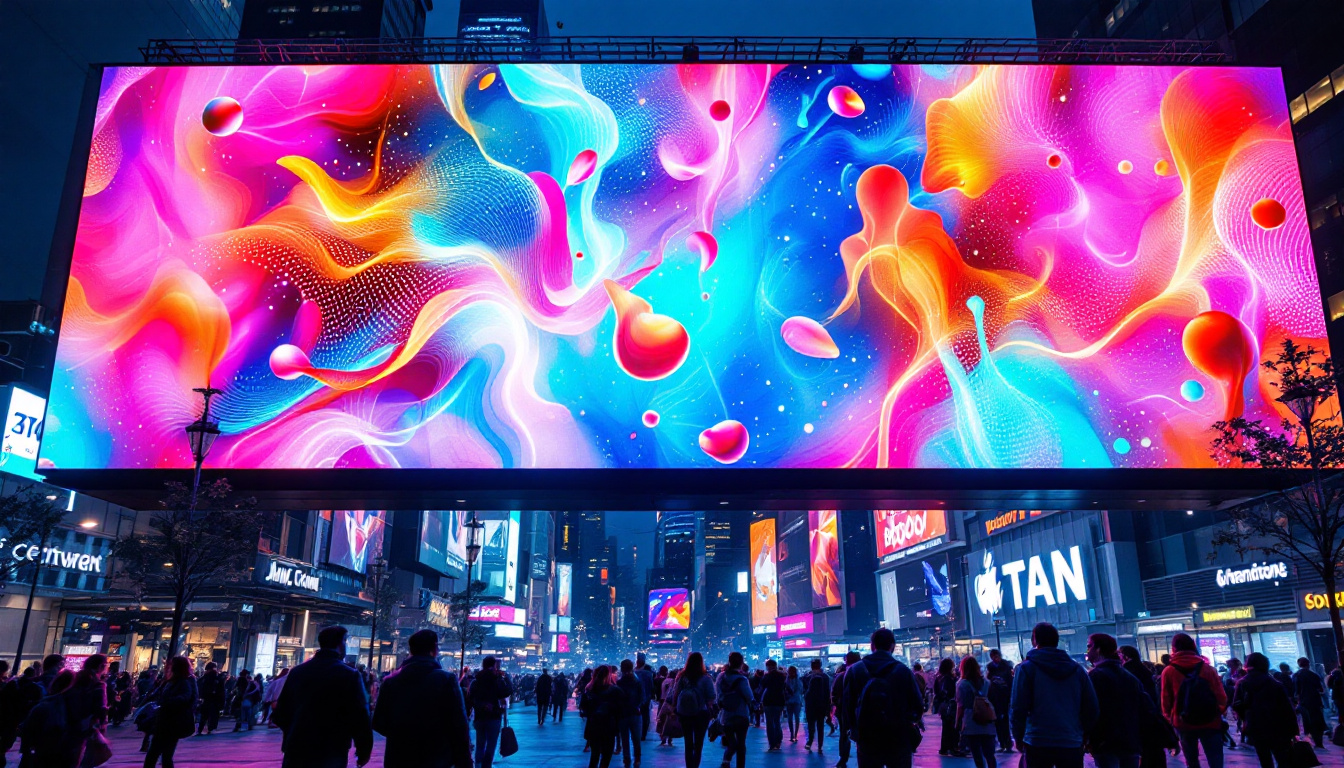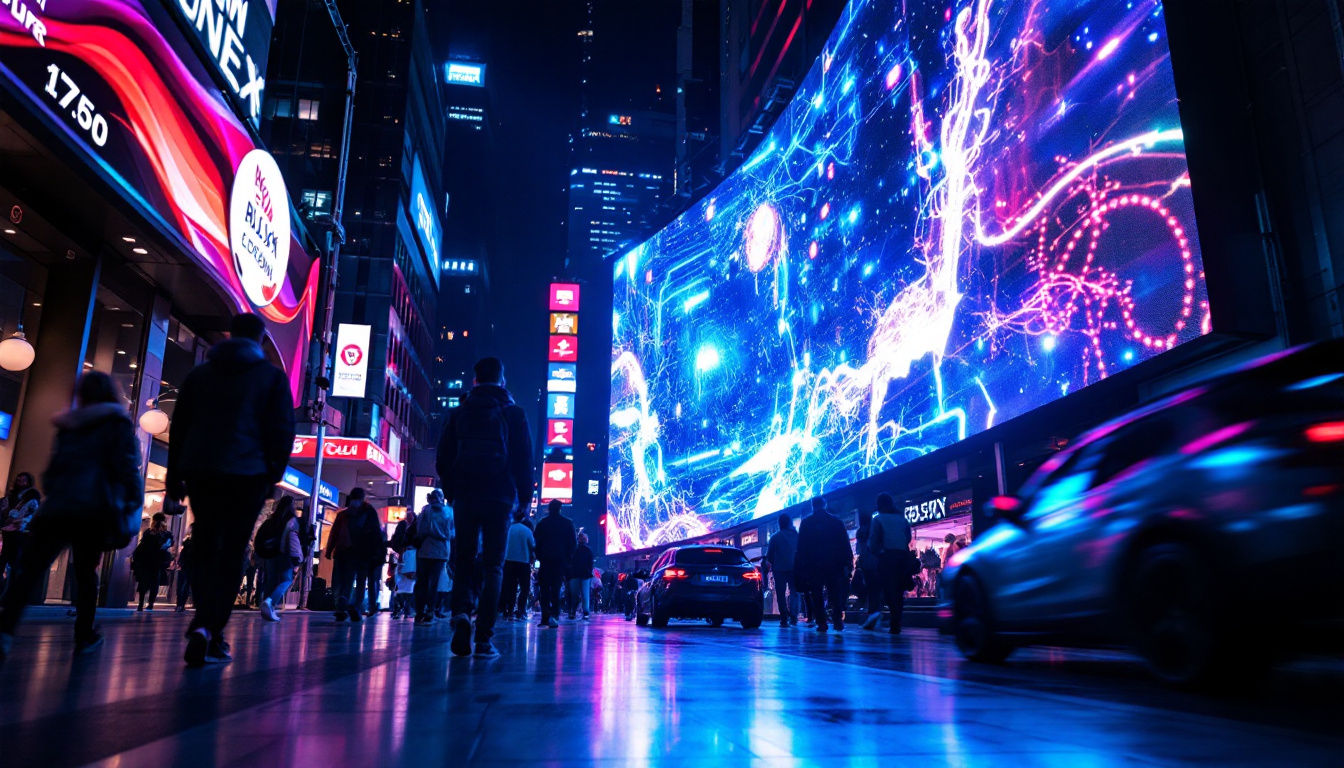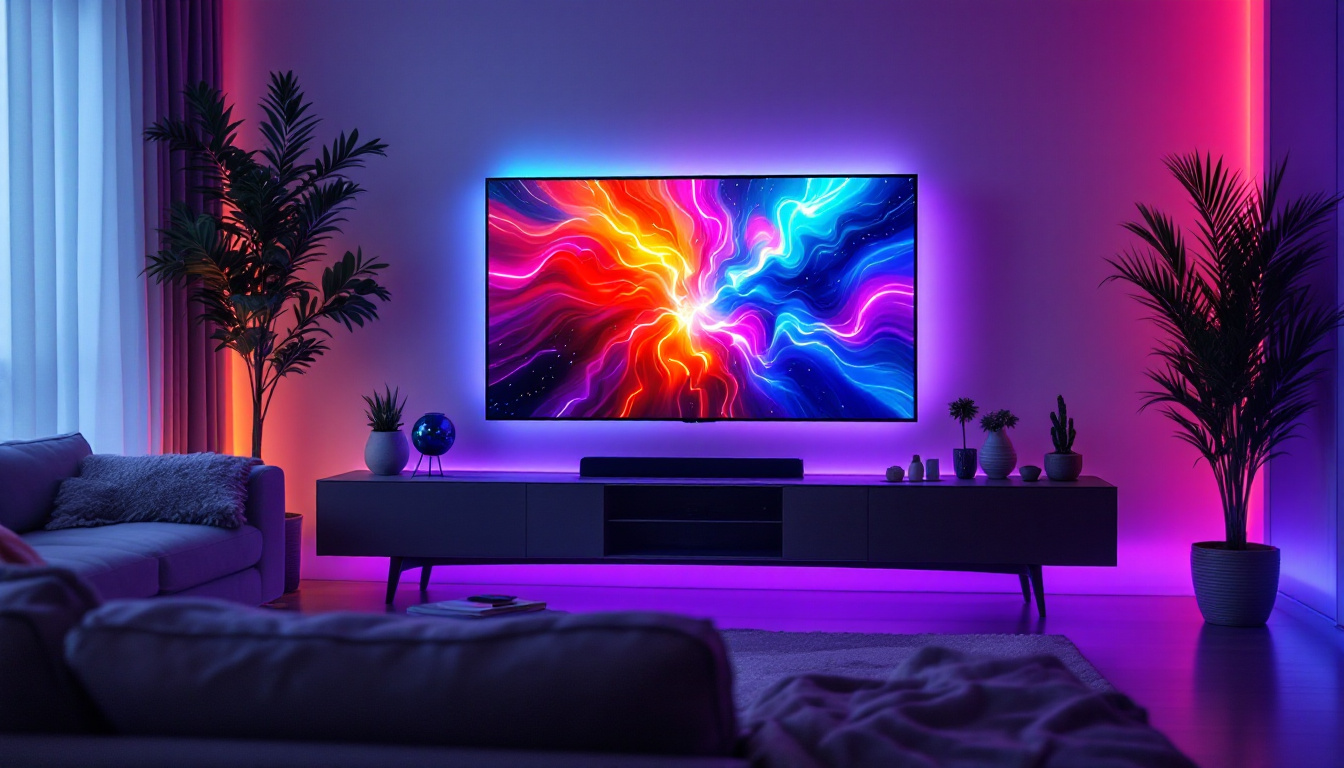As the world of cinema continues to evolve, so does the technology that enhances the viewing experience. One of the most significant advancements in recent years is the introduction of LED displays in cinema halls. This article delves into the dimensions of cinema halls and how LED displays are revolutionizing the way audiences experience films.
The Importance of Cinema Hall Dimensions
Cinema hall dimensions play a crucial role in determining the overall viewing experience. The size and layout of a cinema hall can significantly affect sound quality, sightlines, and audience comfort. Understanding these dimensions is essential for both cinema operators and filmmakers.
Standard Dimensions of Cinema Halls
Typically, cinema halls come in various sizes, ranging from small boutique theaters to large multiplexes. A standard cinema hall might have dimensions of approximately 50 feet in width and 100 feet in length, with a height of around 20 feet. These dimensions allow for optimal viewing angles and sound distribution.
In larger multiplexes, dimensions can vary significantly. Some halls may reach widths of 70 feet or more, accommodating larger audiences and more advanced projection technologies. The height of these halls can also be increased to house larger screens and advanced sound systems, enhancing the overall cinematic experience. Additionally, the aspect ratio of the screen plays a pivotal role in determining the hall’s dimensions, as it must align with the film format to provide an immersive experience without compromising image quality.
Factors Influencing Hall Design
Several factors influence the design and dimensions of a cinema hall. These include the type of films being screened, the target audience, and the technology being used. For instance, a hall designed for 3D films may require different dimensions to ensure that all viewers have an unobstructed view of the screen.
Moreover, the seating arrangement is another critical aspect. The layout must be designed to maximize comfort while ensuring that all seats provide a clear line of sight to the screen. This often involves tiered seating, where rows of seats are elevated to prevent obstructions. In addition to tiered seating, the choice of materials used in the construction of the hall can greatly influence acoustics. Sound-absorbing materials can be strategically placed to minimize echoes and enhance the clarity of dialogue, making it essential for cinema designers to consider both aesthetics and functionality in their plans.
Another important consideration is the incorporation of modern amenities, such as spacious aisles and wider seats, which contribute to a more enjoyable viewing experience. The integration of technology, such as adaptive lighting and advanced sound systems, also necessitates careful planning of the hall’s dimensions to ensure that these features operate at their best. Furthermore, accessibility is a key factor; cinema halls must be designed to accommodate individuals with disabilities, ensuring that everyone can enjoy the cinematic experience without barriers.
LED Displays: A Game Changer for Cinema Halls
LED displays have transformed the visual landscape of cinema halls, offering vibrant colors, high contrast ratios, and exceptional clarity. Unlike traditional projection systems, LED technology provides a more uniform brightness and eliminates issues such as fading and distortion. This technological advancement not only enhances the viewing experience but also sets a new standard for what audiences can expect from their cinematic outings.
Advantages of LED Displays
One of the primary advantages of LED displays is their ability to produce brighter images than conventional projectors. This brightness allows for better visibility in larger cinema halls, ensuring that every seat in the house has a clear view of the screen. Moreover, the longevity of LED technology means that these displays can maintain their brightness and color accuracy over time, reducing the need for frequent replacements and maintenance.
Additionally, LED displays offer a wider color gamut, which means that filmmakers can present their work with greater accuracy and vibrancy. This enhancement is particularly important for films that rely heavily on visual storytelling, as it allows audiences to fully immerse themselves in the cinematic experience. The increased color depth also enables filmmakers to explore more creative possibilities, using colors to evoke emotions and enhance narrative elements in ways that were previously unattainable with older technologies.
Installation Considerations
When installing LED displays in cinema halls, several considerations must be taken into account. The size of the display must be proportional to the dimensions of the hall to ensure that it fits seamlessly into the overall design. A display that is too large can overwhelm the space, while one that is too small may not provide the desired impact. Additionally, the aspect ratio of the display should align with the films being shown, ensuring that audiences do not miss any critical visual information.
Furthermore, the placement of the LED display is critical. It should be positioned at a height and angle that allows for optimal viewing from all seats. This often requires careful planning and precise measurements to ensure that the display is both functional and aesthetically pleasing. Acoustic considerations also come into play, as the integration of LED displays with sound systems must be meticulously coordinated to create a cohesive audio-visual experience. This holistic approach not only enhances the overall ambiance of the cinema hall but also elevates the audience’s engagement with the film, making each screening a memorable event.
Impact on Audience Experience
The introduction of LED displays has significantly enhanced the audience experience in cinema halls. With improved image quality and brightness, viewers can enjoy films as they were intended to be seen. This technological advancement has also led to an increase in audience engagement and satisfaction. The vibrant colors and sharp contrasts provided by LED technology ensure that even the most visually intricate scenes are rendered with stunning clarity, making it easier for audiences to immerse themselves in the story being told on screen.
Additionally, LED displays are more energy-efficient and have a longer lifespan compared to traditional projection systems, which means that cinema operators can maintain a high standard of presentation with reduced operational costs. This not only benefits the theaters but also enhances the overall experience for viewers, who can expect consistent quality during every visit.
Enhanced Sound Integration
Alongside the visual improvements, LED displays are often paired with advanced sound systems that further elevate the viewing experience. The integration of sound with high-quality visuals creates a more immersive environment, allowing audiences to connect more deeply with the film. The clarity and depth of sound can evoke emotions and reactions that are integral to the storytelling process, making scenes more impactful and memorable.
Modern cinema halls often utilize surround sound systems that complement the LED displays, ensuring that audio and visuals are perfectly synchronized. This synergy between sound and image is essential for creating a captivating cinematic experience. Innovations such as Dolby Atmos technology allow sound to move in a three-dimensional space, providing an enveloping auditory experience that makes viewers feel as if they are part of the action. The result is a more engaging atmosphere where every whisper, explosion, and musical score resonates with the audience, enhancing their emotional journey through the film.
Future Trends in Cinema Technology
As technology continues to advance, the future of cinema halls looks promising. Innovations in LED display technology, such as flexible screens and higher resolutions, are on the horizon. These advancements will likely lead to even more immersive experiences for audiences. Imagine a cinema where the screen wraps around the audience, creating a panoramic view that draws them into the narrative in a way that flat screens cannot achieve. Such developments could transform how stories are told and experienced in cinema.
Moreover, the integration of virtual reality (VR) and augmented reality (AR) into cinema experiences may redefine how films are consumed. As these technologies become more mainstream, cinema halls will need to adapt their dimensions and layouts to accommodate new viewing experiences. This could mean designing spaces that allow for interactive storytelling, where audiences can choose their paths through a narrative, or even engage with characters in real-time. The possibilities are endless, and as filmmakers experiment with these technologies, we may see a new era of storytelling that blurs the lines between viewer and participant, making each visit to the cinema a unique adventure.
Challenges of Implementing LED Displays
While LED displays offer numerous advantages, implementing this technology in cinema halls is not without its challenges. From cost considerations to technical limitations, cinema operators must navigate various hurdles to ensure a successful transition.
Cost Implications
The initial investment for LED displays can be substantial. High-quality LED screens are often more expensive than traditional projection systems, which can pose a challenge for smaller cinema operators. However, the long-term benefits, including reduced maintenance costs and increased audience engagement, can offset these initial expenses.
Additionally, the cost of installation and necessary infrastructure upgrades must be factored into the overall budget. This includes enhancements to the hall’s electrical systems, sound equipment, and seating arrangements to accommodate the new technology.
Technical Limitations
Another challenge lies in the technical limitations of LED displays. While they offer superior brightness and color accuracy, they may not perform as well in certain lighting conditions. Cinema halls with significant ambient light may require additional measures to ensure optimal viewing conditions.
Furthermore, maintaining the quality of LED displays over time is essential. Regular calibration and maintenance are necessary to ensure that the screens continue to deliver high-quality visuals, which can add to the operational costs of running a cinema hall.
Conclusion
In conclusion, the dimensions of cinema halls and the integration of LED displays are pivotal in shaping the modern cinematic experience. As technology continues to advance, cinema operators must adapt to these changes to meet audience expectations and enhance viewer engagement.
While challenges exist in implementing LED displays, the benefits they offer in terms of image quality, audience satisfaction, and overall experience are undeniable. As the industry progresses, the fusion of innovative technology and thoughtful design will ensure that cinema remains a captivating medium for storytelling.
Ultimately, the future of cinema halls lies in their ability to embrace new technologies while maintaining the essence of the cinematic experience. The journey towards creating the perfect viewing environment is ongoing, and LED displays are at the forefront of this evolution.
Discover the Future of Cinematic Visuals with LumenMatrix
As you envision the next generation of cinematic experiences, consider the role of cutting-edge LED display technology in bringing your vision to life. LumenMatrix, a pioneer in LED display innovation, offers an array of solutions tailored to meet the demands of modern cinema halls. From Indoor LED Wall Displays that transform movie-watching into an immersive adventure to Custom LED Displays designed to fit unique spaces, LumenMatrix is at the forefront of enhancing audience engagement and storytelling. Check out LumenMatrix LED Display Solutions and join the revolution in visual communication, ensuring your cinema hall captivates audiences with unparalleled clarity and impact.

